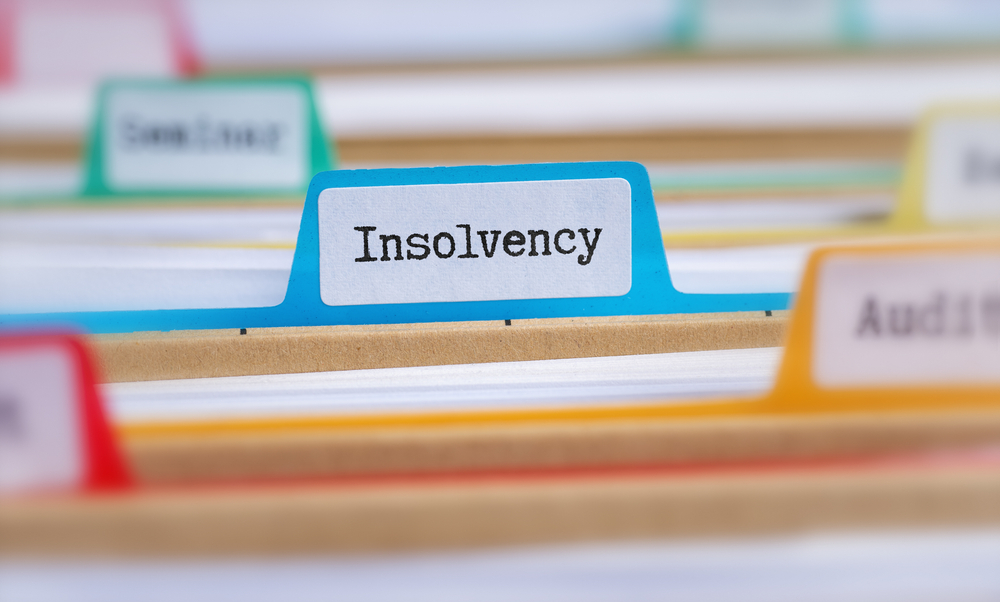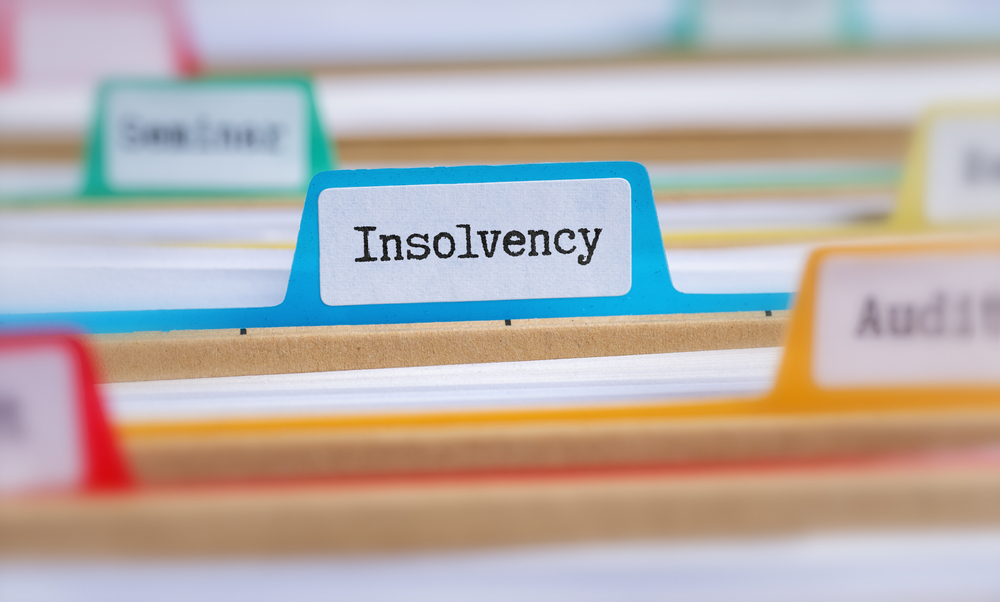
Insolvency Practitioner vs. CVA Nominee & Supervisor
What Is the Difference Between an Insolvency Practitioner and a Nominee or Supervisor of a CVA?
Within insolvency and corporate restructuring practice, the roles of Insolvency Practitioner (IP), Nominee, and Supervisor are distinct yet interrelated.
An Insolvency Practitioner is a licensed professional authorised under the Insolvency Act 1986 to act in various capacities across a spectrum of insolvency procedures. Their remit encompasses liquidations, administrations, and voluntary arrangements, among others. The IP’s role is multifaceted and can vary significantly depending on the specific insolvency process at hand.
The roles of Nominee and Supervisor, which must be undertaken by licensed Insolvency Practitioners, are more narrowly defined, pertaining specifically to voluntary arrangements.
These roles require the application of an IP’s expertise within the specific context of CVAs, PVAs and IVAs, as mandated by the Insolvency Act 1986 and associated regulations.
Role of Nominee in a Voluntary Arrangement
A Nominee is appointed during the proposal stage of a Company Voluntary Arrangement (CVA), Partnership Voluntary Arrangement, or Individual Voluntary Arrangement (IVA)[1]Trusted Source – GOV.UK – Insolvency Act 1986, Section 2(2).
Their primary duties include:
- Assessing the feasibility and viability of the proposed arrangement
- Submitting a report to the court pursuant to Section 2(2) of the Insolvency Act 1986
- Ensuring the proposal complies with Rule 2.3 (for CVAs) or Rule 8.3 (for IVAs) of the Insolvency (England and Wales) Rules 2016
- Facilitating the preparation of the proposal in compliance with relevant regulations
The Nominee’s fundamental duty is to safeguard transparency and fairness for creditors. They must ensure creditors have sufficient information to form a view and vote on the proposal. This includes:
- Verifying background and financial information on the individual or company
- Explaining why the insolvent position has arisen
- Providing a comparison between the outcomes of the arrangement being approved or not
- Detailing the costs of the arrangement and the Nominee’s fees
Role of Supervisor
Once a voluntary arrangement has been approved by creditors, the role transitions from Nominee to Supervisor. The Supervisor, typically the same Insolvency Practitioner who acted as Nominee, is responsible for implementing and overseeing the approved arrangement.
Key responsibilities of the Supervisor include:
- Implementing the terms stipulated in the approved arrangement
- Monitoring the debtor’s compliance with the arrangement’s provisions
- Distributing funds to creditors in accordance with the arrangement’s terms
- Providing regular progress reports to creditors
- Managing any variations to the arrangement that may become necessary
The Supervisor must ensure that the debtor (whether an individual in an IVA or a company in a CVA) adheres to their obligations under the arrangement. This involves regular communication with the debtor and potentially taking action if the terms of the arrangement are breached.
One of the Supervisor’s critical duties is to realise and distribute assets as outlined in the arrangement. This may involve collecting contributions from the debtor, selling assets, or managing the company’s ongoing trading activities in a CVA.
The Supervisor also acts as an intermediary between the debtor and creditors, addressing queries and concerns from both parties. They must maintain impartiality and act in the best interests of the creditors as a whole.
In cases where modifications to the arrangement become necessary due to changing circumstances, the Supervisor plays a crucial role in facilitating these changes. This may involve seeking creditor approval for variations to the original terms.
It’s important to note that the Supervisor’s fees are typically agreed upon as part of the approved arrangement. While there is no statutory control over these fees, they should be reasonable and proportionate to the work involved.
The primary sources for this article are listed below, including the relevant laws and Acts which provide their legal basis.
You can learn more about our standards for producing accurate, unbiased content in our editorial policy here.
- Trusted Source – GOV.UK – Insolvency Act 1986, Section 2(2)








